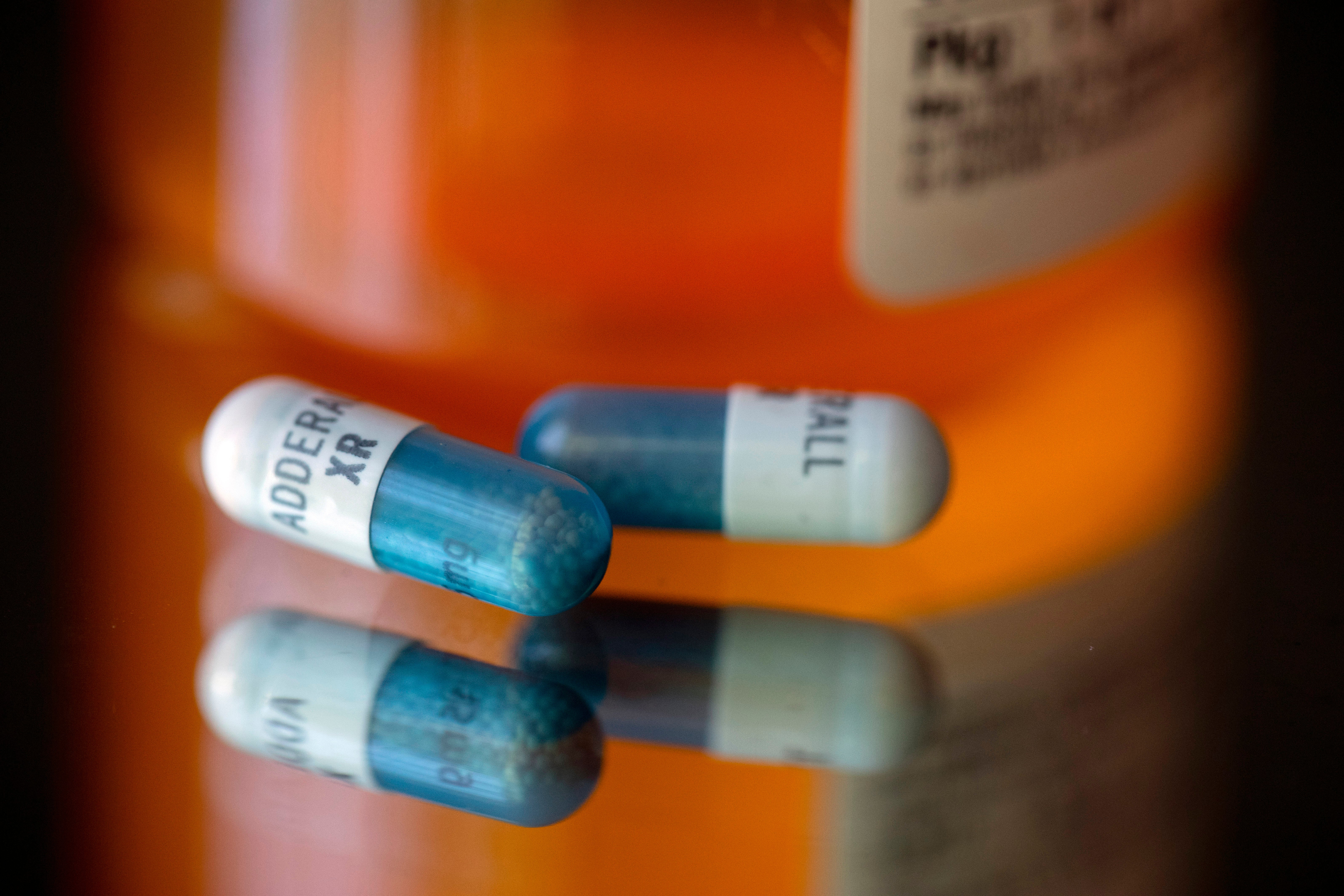More adults sought help for ADHD during pandemic, contributing to drug shortages
INDIANAPOLIS (WISH) — Prescriptions for ADHD treatments surged among adults during the COVID-19 pandemic, helping to fuel lingering shortages that frustrate parents and doctors.
According to the Associated Press, new prescriptions for stimulants used to treat the condition jumped for young adults and women during a two-year window after the pandemic hit in March 2020, according to a study published Wednesday in JAMA Psychiatry.
Prescriptions also soared for nonstimulant treatments for adults of all ages, the U.S. Food and Drug Administration researchers found.
Attention-deficit/hyperactivity disorder is one of the most common developmental disorders in children, particularly boys. The use of drugs like Adderall to treat it climbed in general during the pandemic.
Telemedicine made it easier to get help, and regulators started allowing doctors to prescribe the drug without first seeing a patient in person.
But Dr. Ann Childress says more adults also started coming to her for help after COVID-19 hit. The Las Vegas psychiatrist sees several reasons behind the shift.
Working from home made some people realize how easily they get distracted. Childress says she diagnosed a lot of parents, especially moms, who saw it in their children and realized they may have it as well.
Plus, social media made people more aware of adult ADHD.
Desperate, she briefly switched her son to another ADHD medication. But that went so badly that he had to miss school.
Terry eventually found a drugstore, thanks to a tip from a friend who works at another pharmacy. She says she dreads going through the ordeal again for a refill, but her son needs the help.
“When he’s not medicated, he literally can’t sit down at school,” Terry said. “He can’t quit moving. He is constantly moving. His mind is all over the place.”
Federal regulators limit the production of some ADHD treatments because they are controlled substances. Regulators and drugmakers try to anticipate how much of a drug will be needed based in part on how it has been used in the past, said Mike Ganio, who studies drug shortages at the American Society of Health-System Pharmacists.
But he noted that predicting demand is difficult, and spikes in use can contribute to shortages.
“It’s a business. Nobody wants to produce more, or hold on their shelves more, inventory than will be needed,” he said.
Overall, the society counted more than 300 drug shortages in the U.S. as of last fall. Aside from ADHD drugs, shortages of cancer treatments like chemotherapies also have persisted.
Ganio noted that the latest shortage total is close to a 10-year high of 320 set in late 2014.
